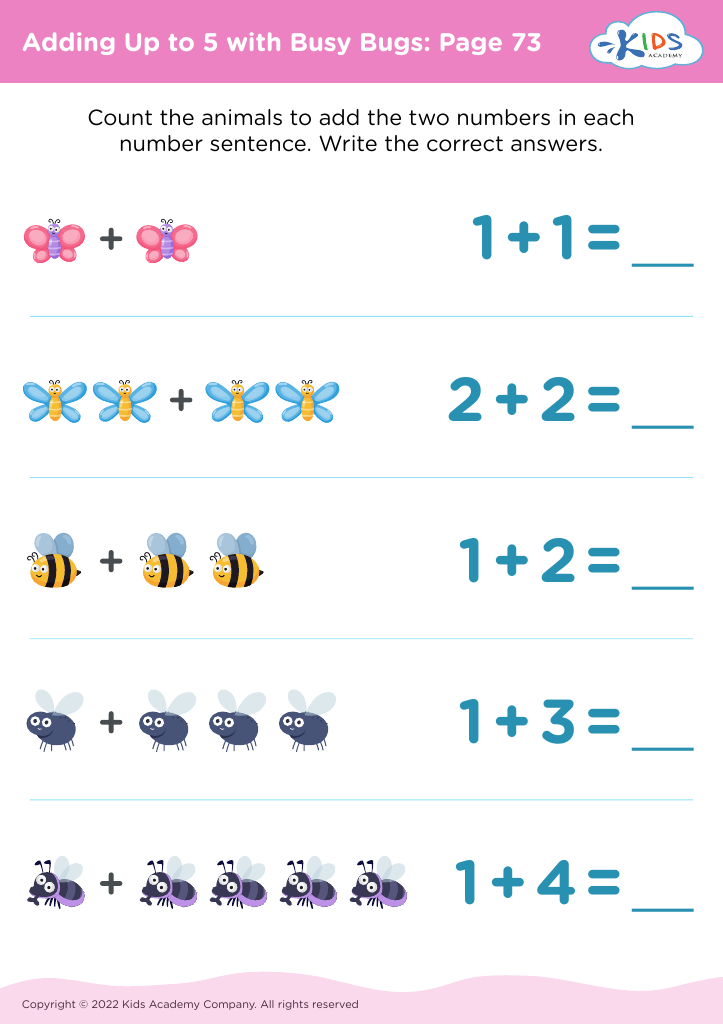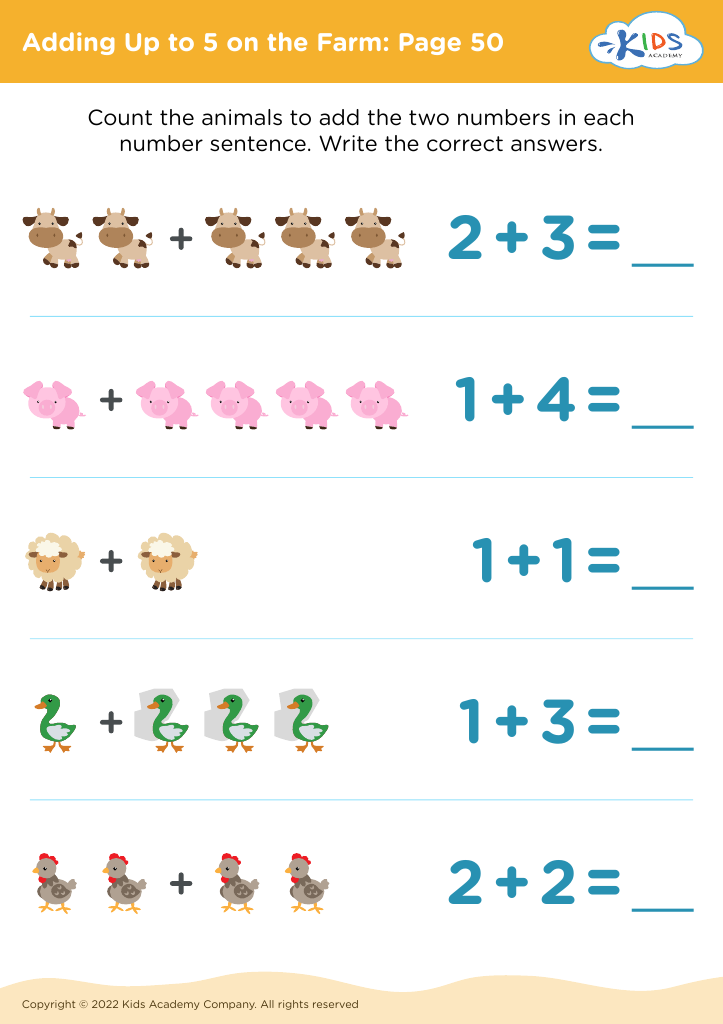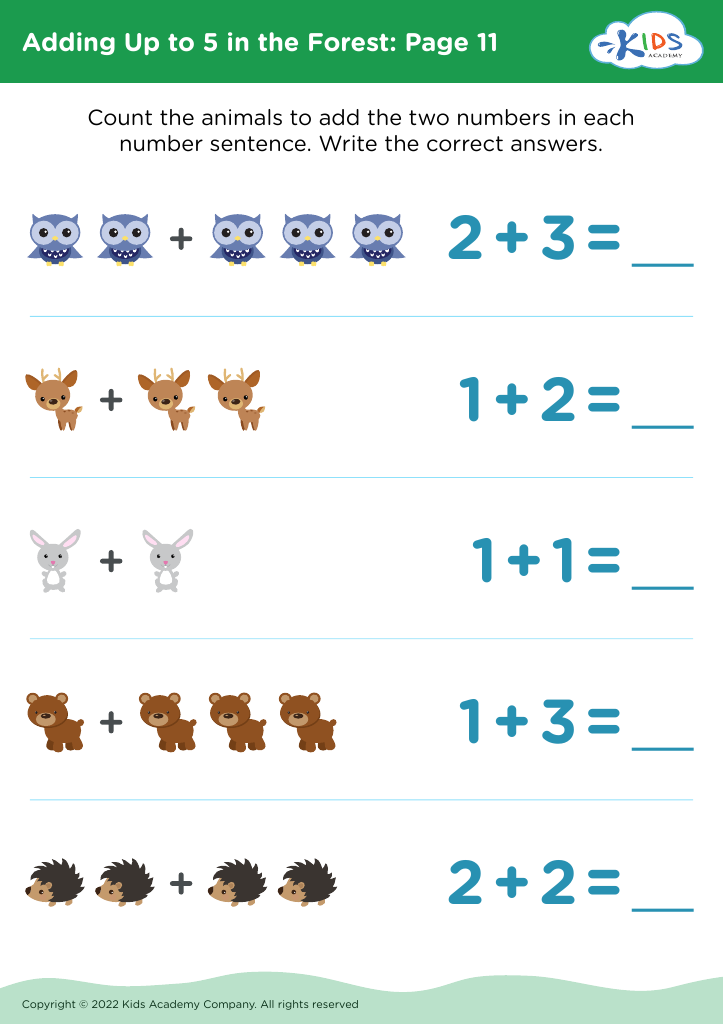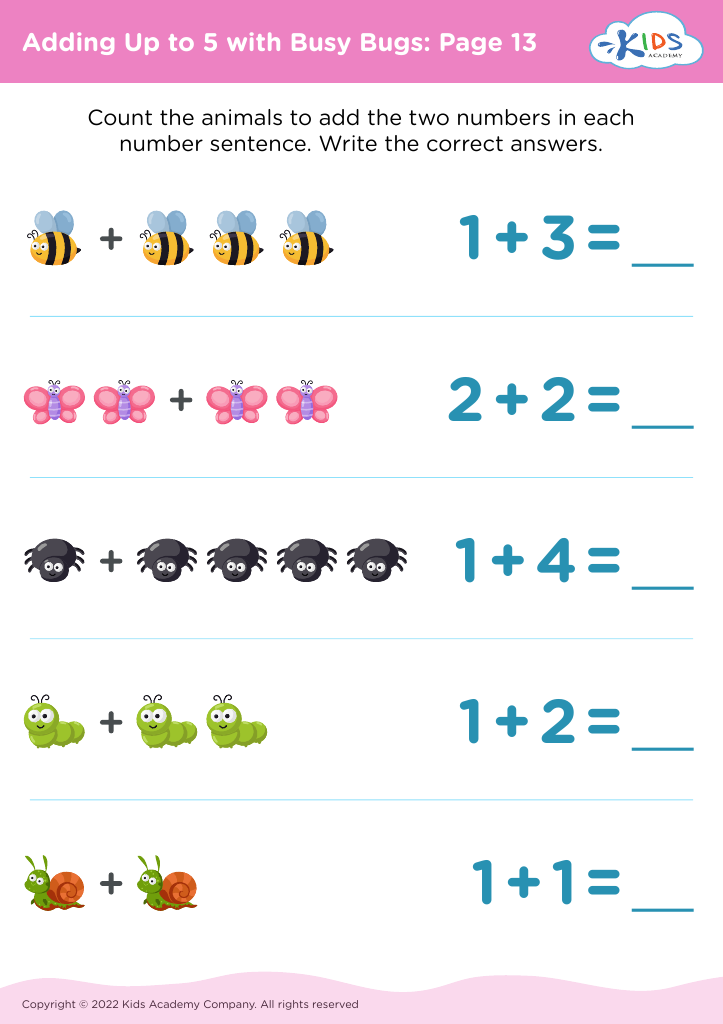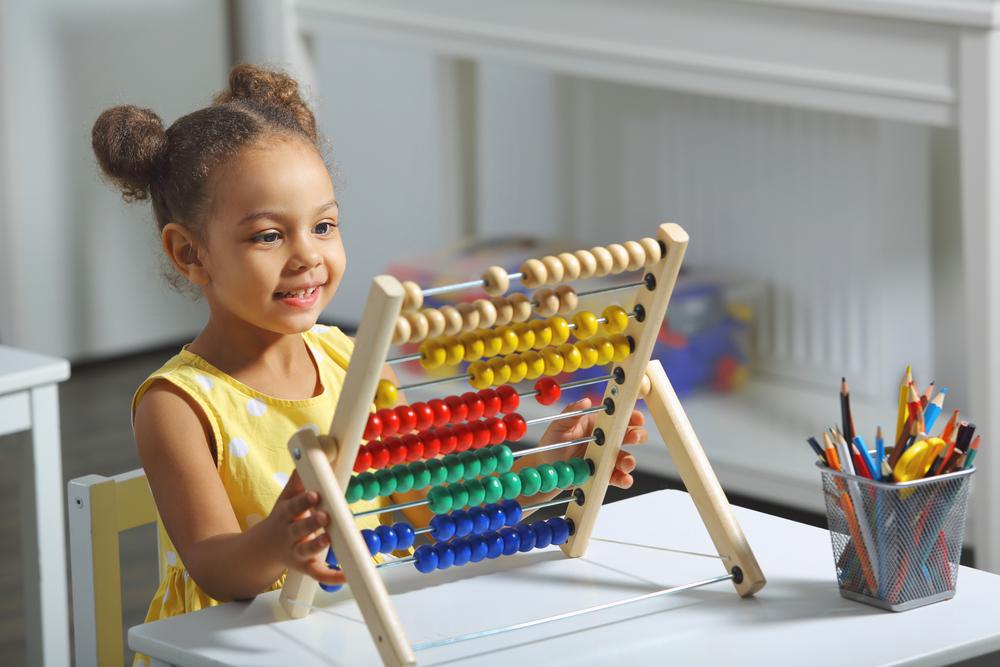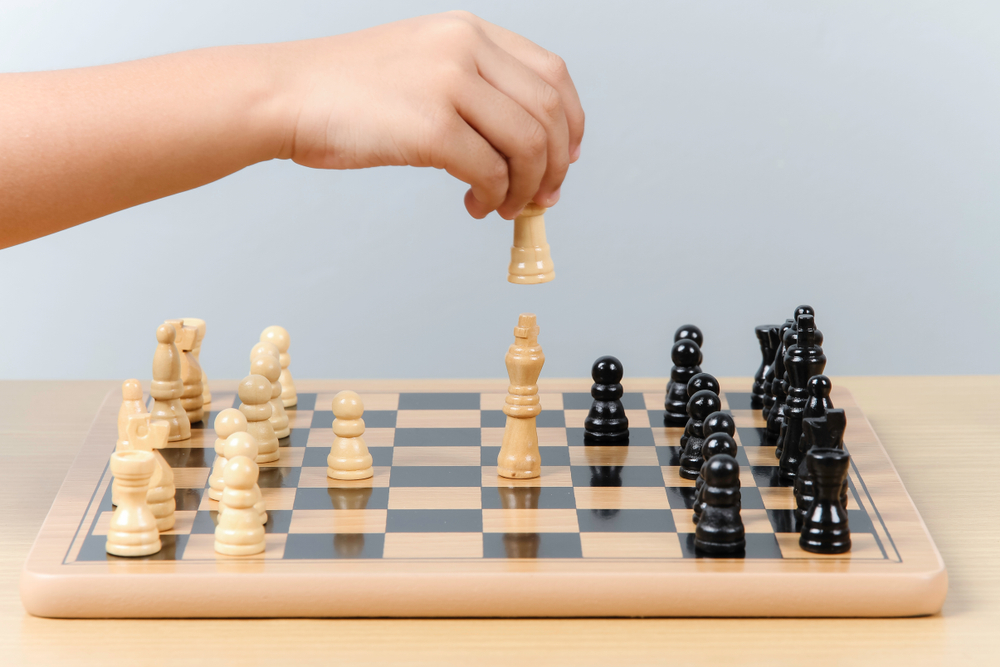Visual Perception Skills Math Worksheets for Ages 3-5
10 filtered results
-
From - To
Enhance your child's learning with our Visual Perception Skills Math Worksheets designed specifically for ages 3-5! These engaging and colorful worksheets focus on developing essential visual perception skills that are crucial for early math success. Young learners will enjoy activities that improve their ability to identify shapes, patterns, and spatial relationships. Our worksheets are not only fun but also promote critical thinking and problem-solving abilities. Perfect for both classroom settings and at-home learning, these resources create a strong foundation for future math concepts. Help your child build confidence and competence in math while enjoying these exciting printable worksheets!
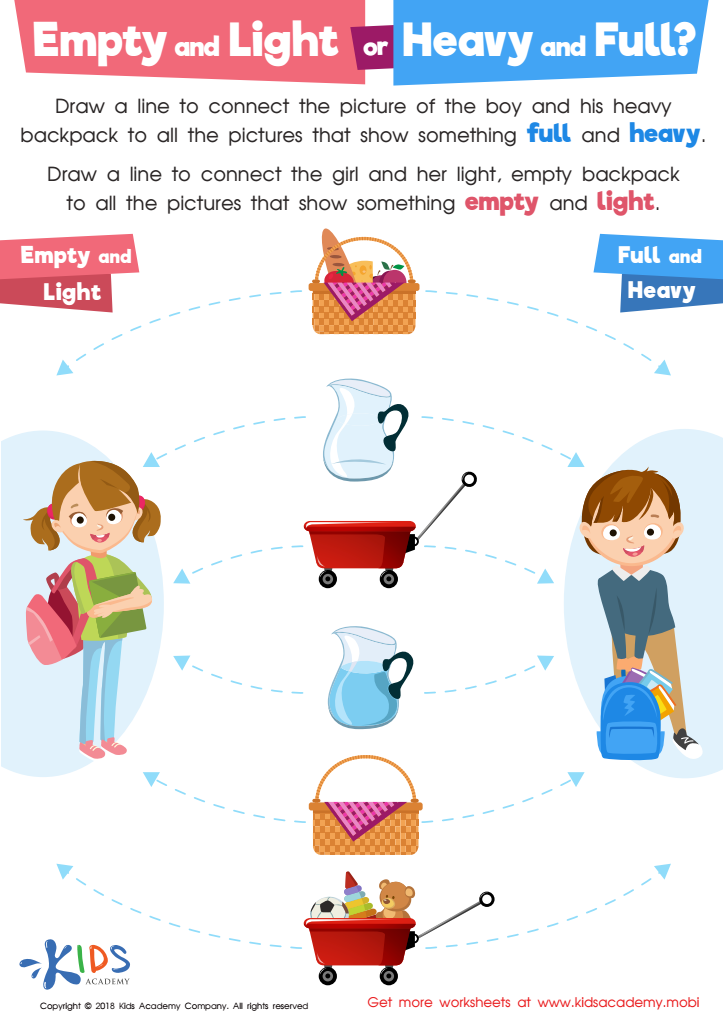

Empty and Light or Heavy and Full? Worksheet
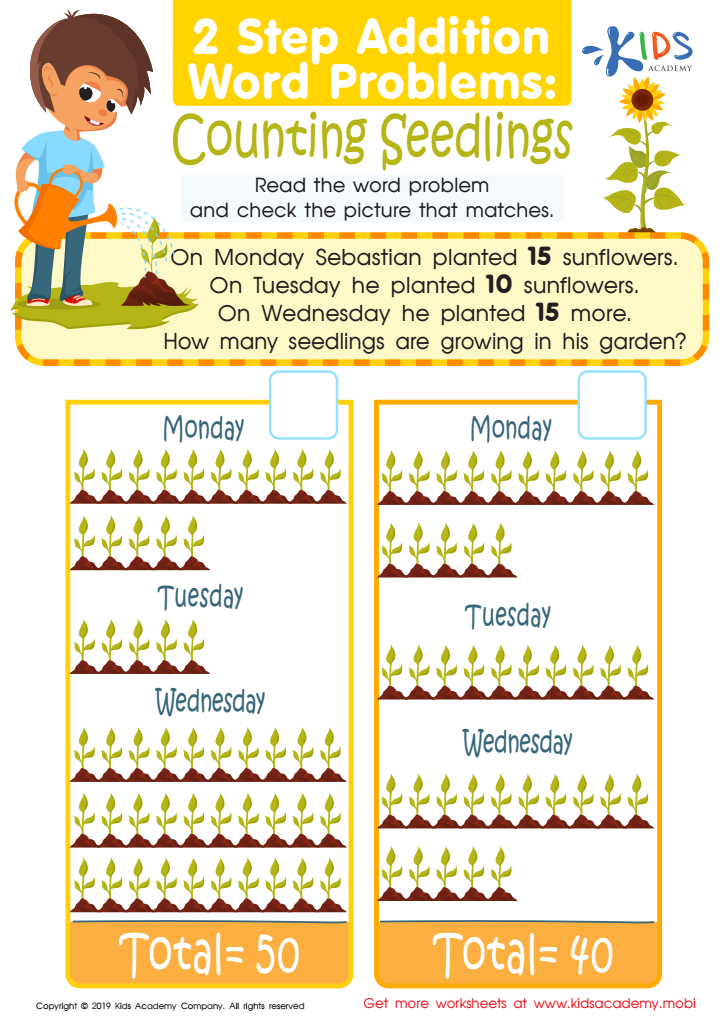

Counting Seedlings Worksheet


Shapes of All Sizes Worksheet
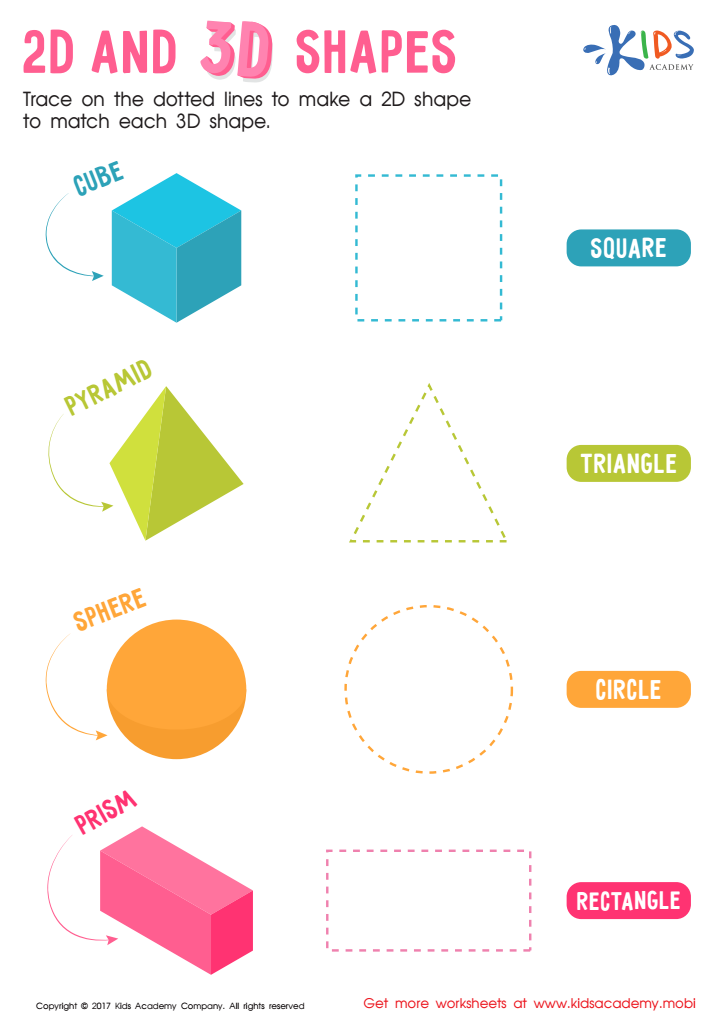

2D and 3D Shapes Worksheet
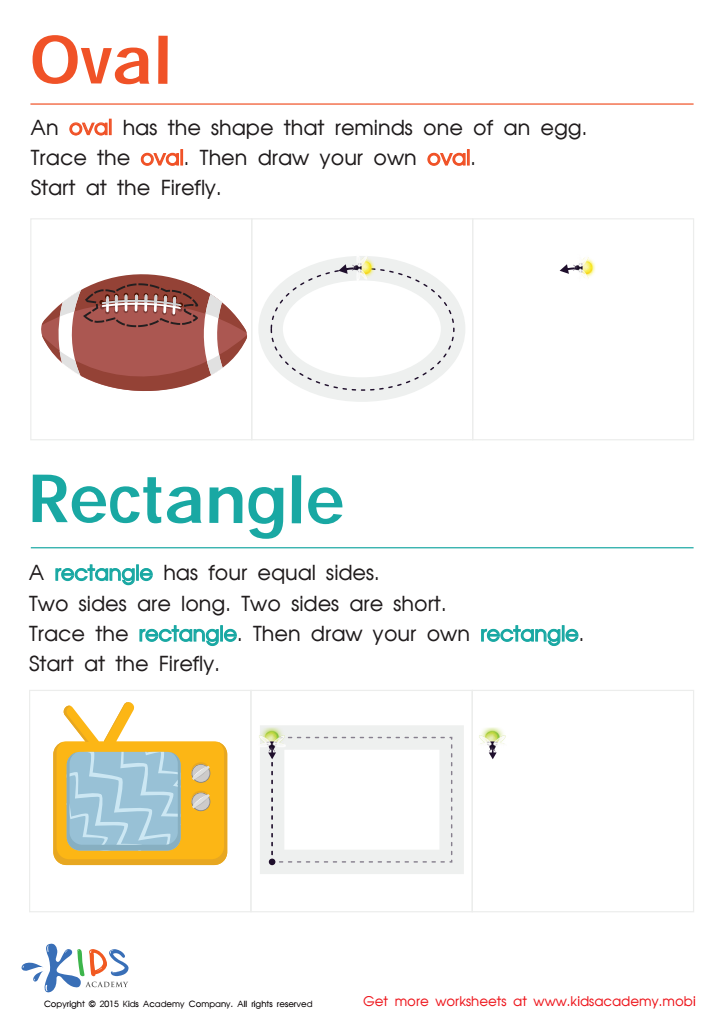

Easy Drawing of Ovals And Rectangles Worksheet
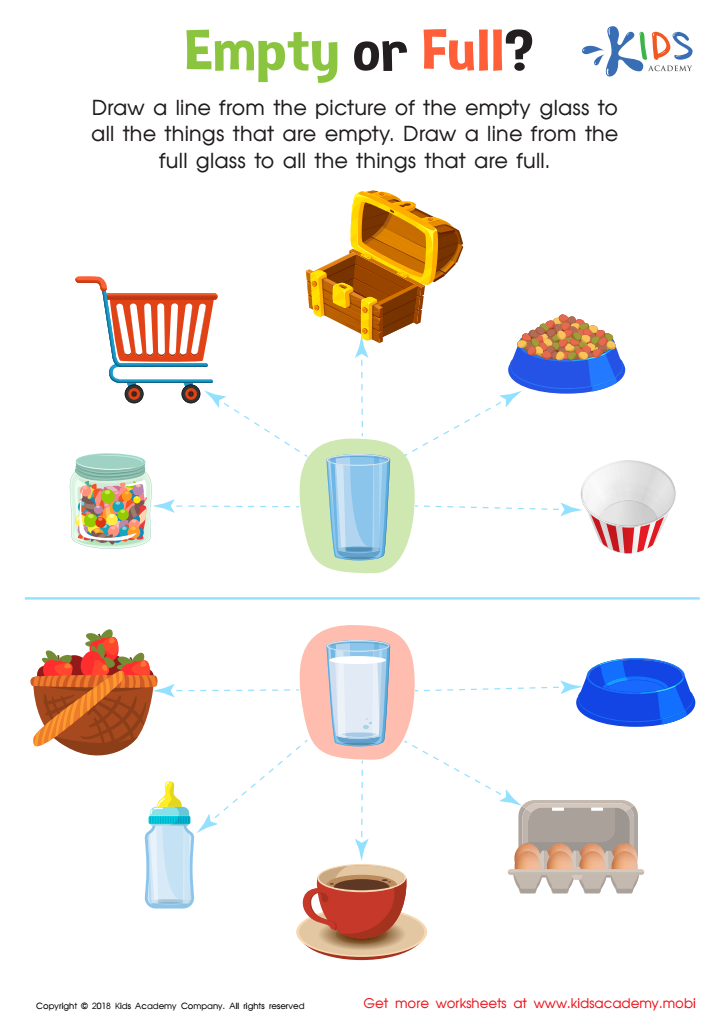

Empty or Full? Worksheet
Visual perception skills are vital for children aged 3-5, as they lay the foundation for essential math concepts. These skills involve how children interpret and understand visual information, which is crucial for recognizing shapes, patterns, and spatial relationships. When parents and teachers focus on developing these skills, they can significantly enhance a child's ability to comprehend math.
For young learners, visual perception skills help in identifying numbers and understanding their relationships. For example, recognizing that two blocks are more than one block relies on the child’s ability to perceive differences visually. Additionally, it aids in understanding geometric shapes, size comparisons, and even concepts of symmetry.
Moreover, developing these skills at an early age encourages problem-solving capabilities and boosts overall cognitive development. Engaging children with games, puzzles, and hands-on activities allows them to practice these skills in enjoyable ways, reinforcing learning naturally.
By caring about and actively promoting visual perception skills in early education settings, parents and teachers can create a solid groundwork for mathematical understanding, ultimately leading to greater academic success and confidence in tackling more complex math concepts in later years. Investing in these skills is essential for nurturing holistic, well-rounded learners.
 Assign to My Students
Assign to My Students

